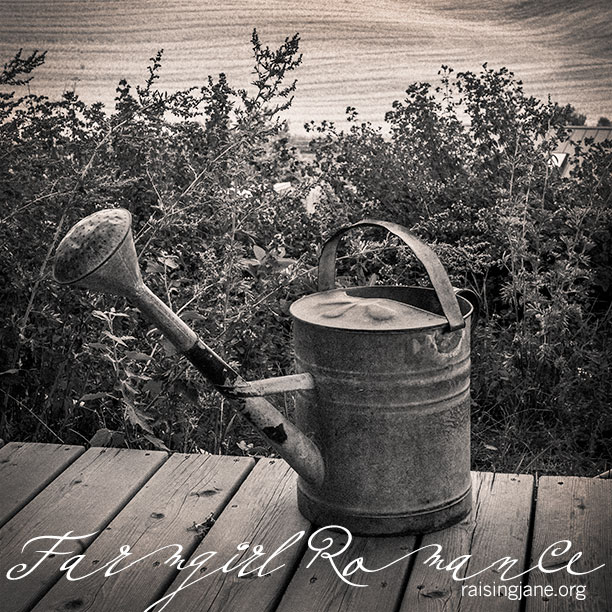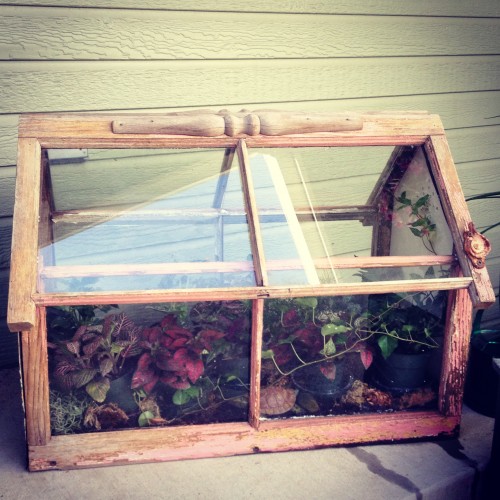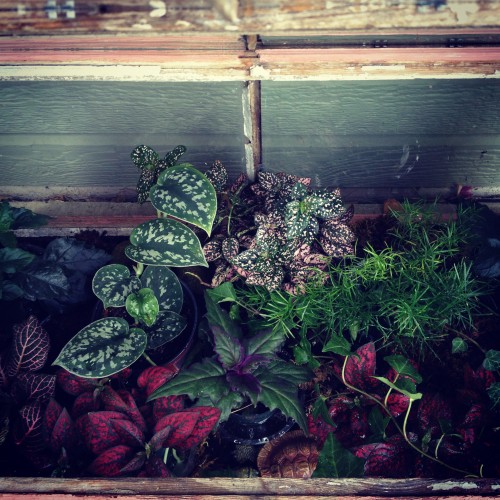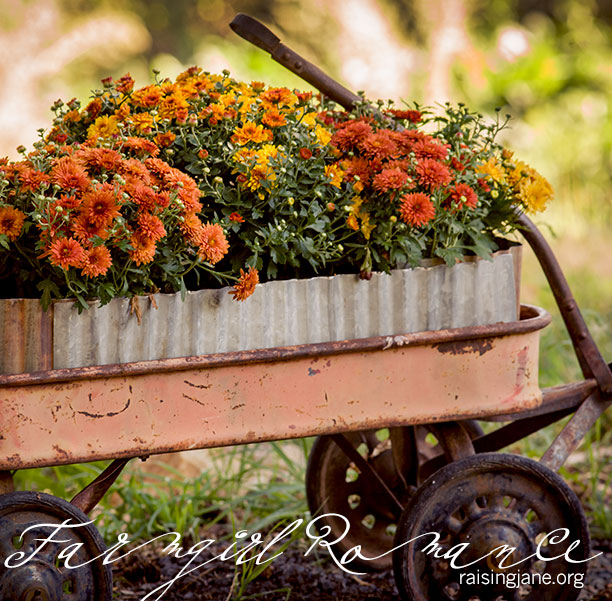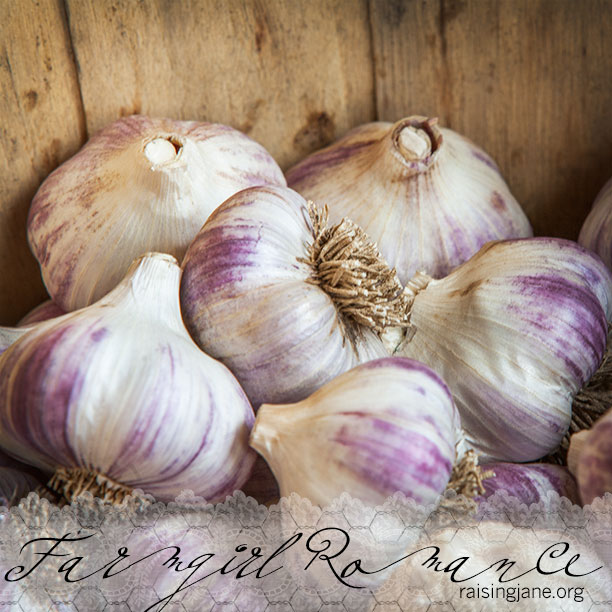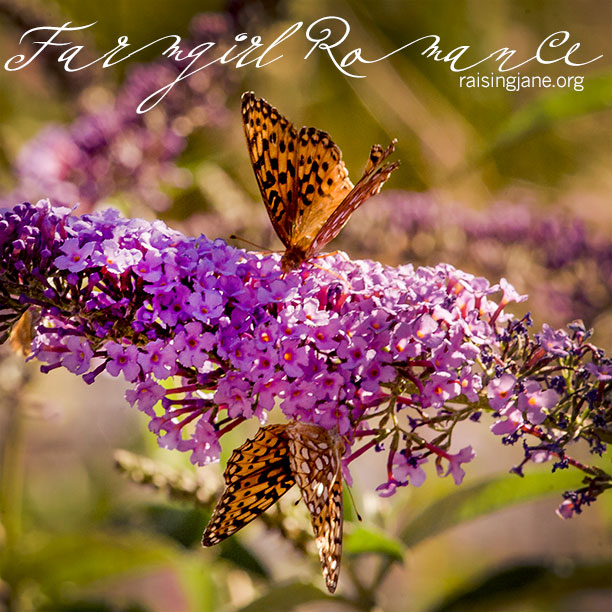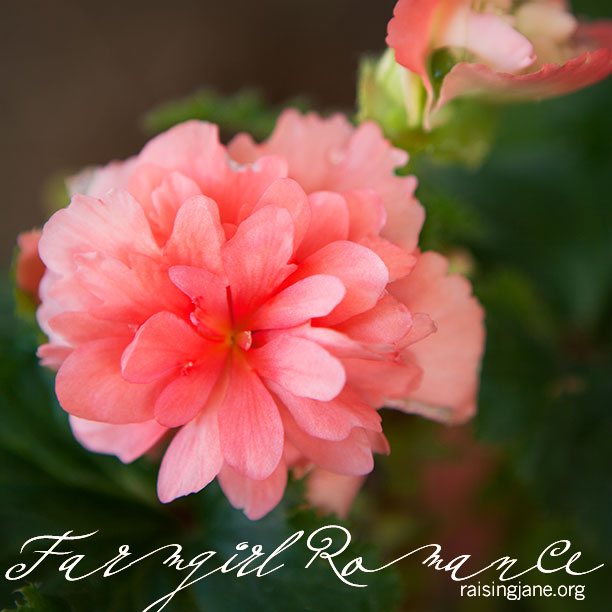Drop everything, dear, and come along.

Image courtesy of Gerard van Schagen via Wikimedia Commons
We’re flying off on a whirlwind tour of shacks and chalets, hovels and halls, cottages and castles worldwide …
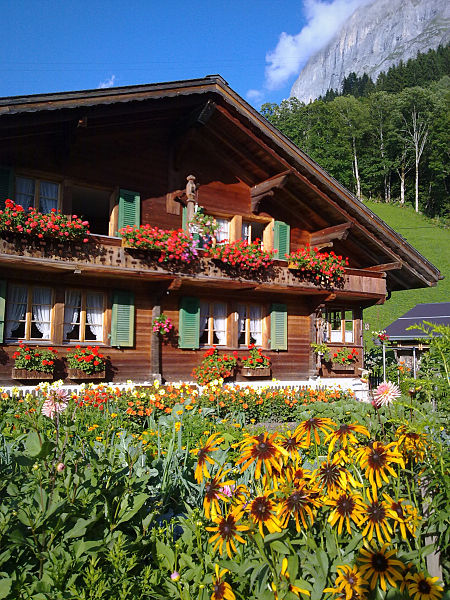
Photo by Cristo Vlahos via Wikimedia Commons
Oh, but, no. Not that sort of chalet. The home-sweet-homes we’re hunting aren’t inhabited by humans, honey.
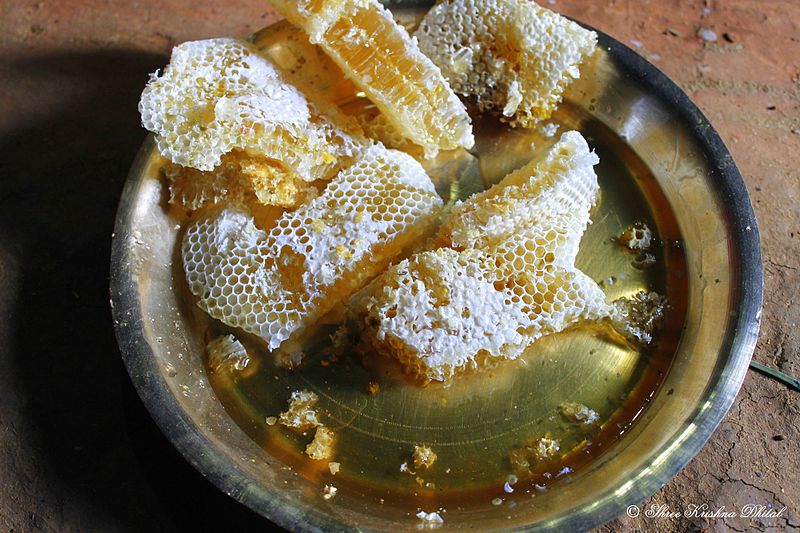
Photo by Skrissh2013 via Wikimedia Commons
Catch the clue?
Each bungalow along our route, big or small, belongs to … bees.

That’s right. We’re traveling around the world in 80 hives!
(Well, okay, maybe not 80, but a bunch of buzzing beauties nonetheless.)
First stop—in alphabetical order, because my sense of direction has never been all that keen—Austria.
Just look at the intricacy of this unique alpine getaway:

Photo by Häferl via Wikimedia Commons
Looking for something more rustic? Try these jungle bungalows in Burkina Faso (a country in western Africa):

Photo by Marco Schmidt via Wikimedia Commons
Or these woodsy log homes in the forest of Sichuan, China:
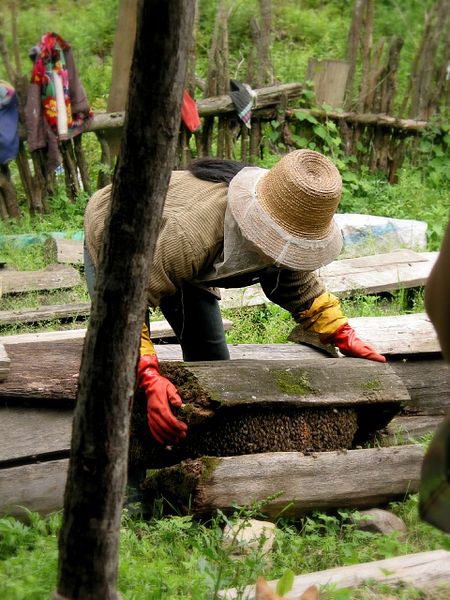
Photo by Philippe Semanaz via Wikimedia Commons
In Croatia, the communal hives are distinguished by simple signs:
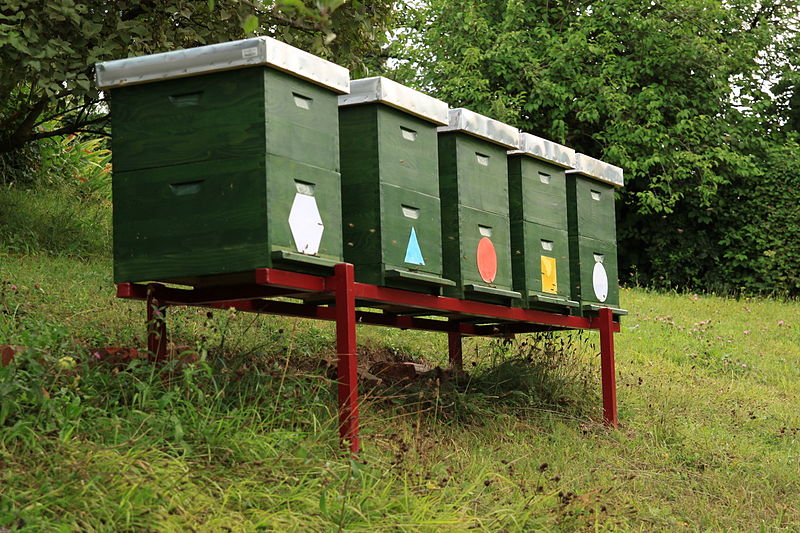
Photo by Lovro Rumiha via Wikimedia Commons
While the hives in the Czech Republic are nothing short of architectural artwork:
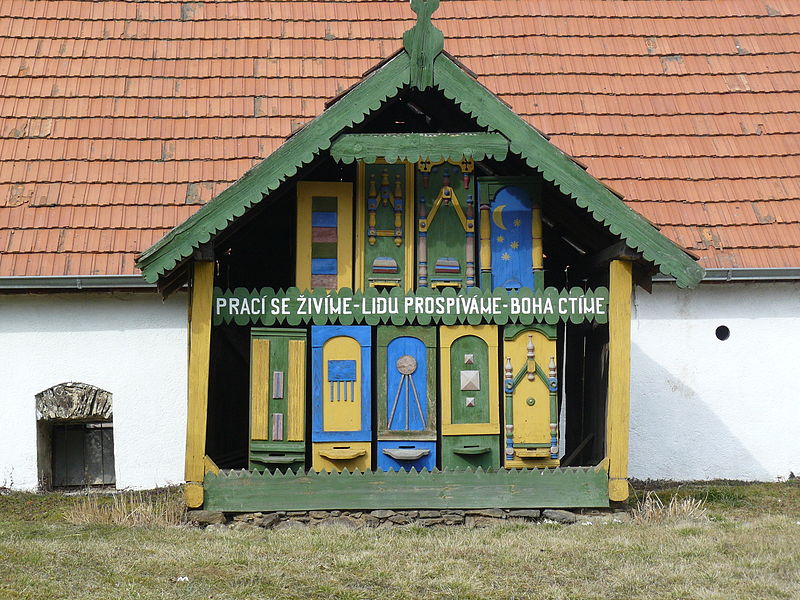
Photo by Mpik61 via Wikimedia Commons

Photo by Podzemnik via Wikimedia Commons
In Ethiopia, the bees nest in trees:

Photo by Bernard Gagnon via Wikimedia Commons
French hives are fabulously pastoral, as you might have guessed:
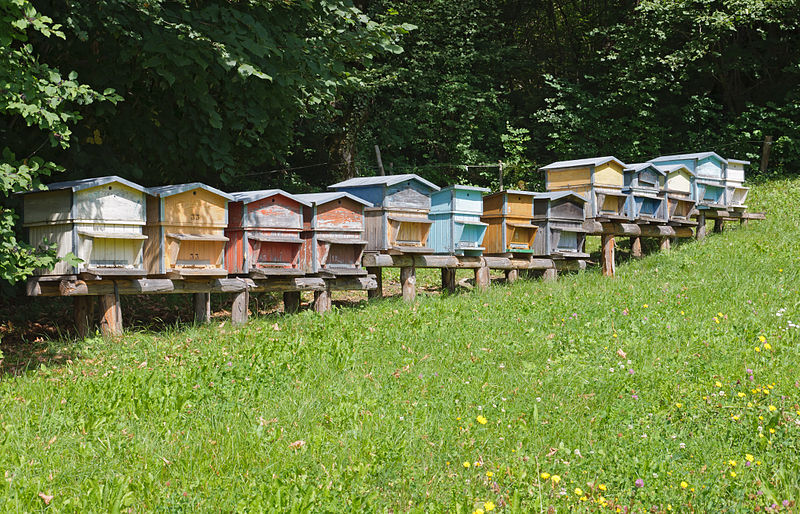
Photo by Myrabella via Wikimedia Commons
In Germany, the accommodations range from humbly traditional skeps to elaborate sculptures:

Photo by Hajotthu via Wikimedia Commons

Photo by Till F. Teenck via Wikimedia Commons
Have a look at this charming stone community cottage in Hungary:

Photo by Kaboldy via Wikimedia Commons
And, oh, don’t you just love these hand-carved hives in Lithuania?
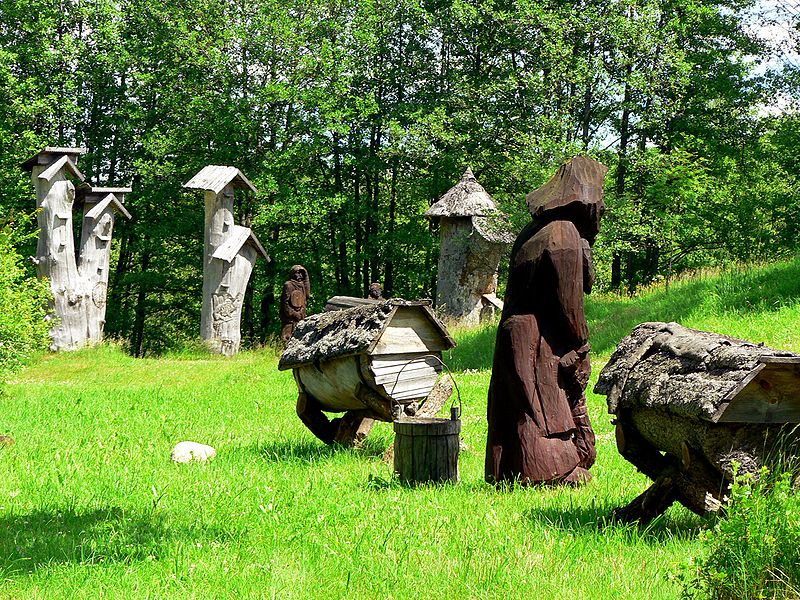
Photo by Wojsyl via Wikimedia Commons
Polish beehives are as diverse as they are delightful, so let’s linger for a while:
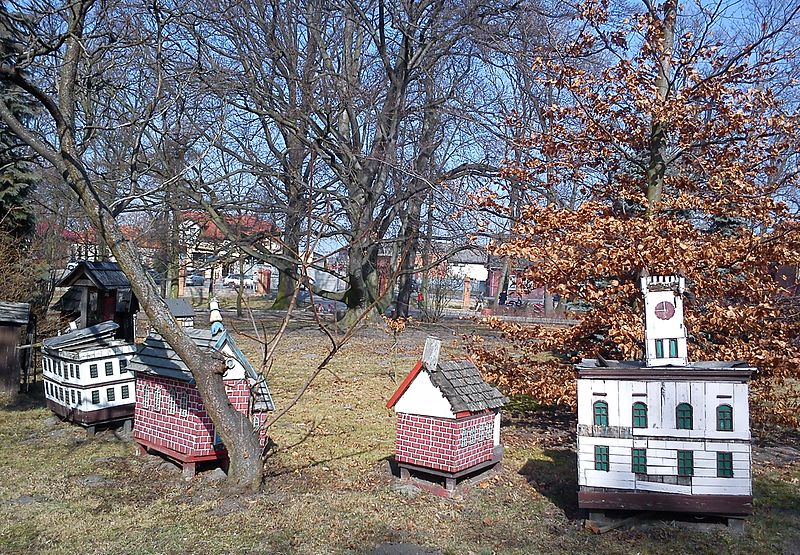
Photo by Mos810 via Wikimedia Commons
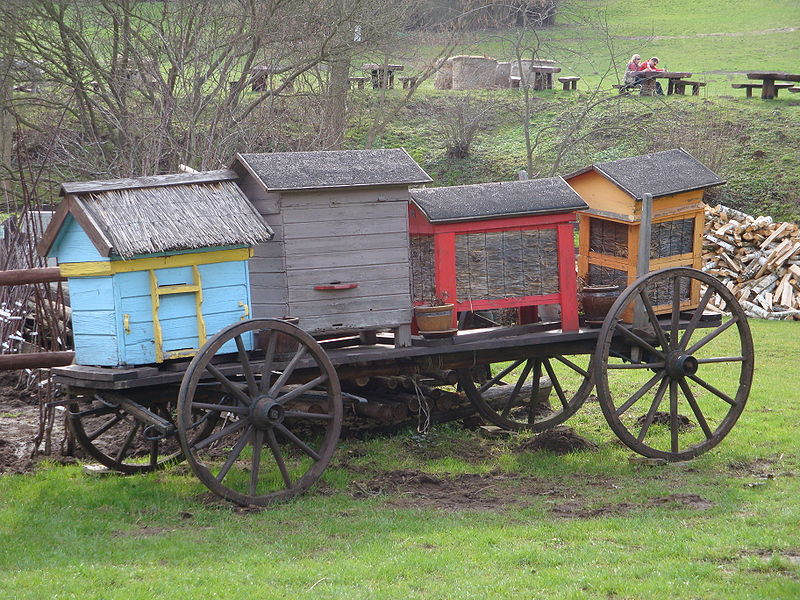
Photo by Ciacho5 via Wikimedia Commons

Photo by Antosh via Wikimedia Commons

Photo by Przykuta via Wikimedia Commons

Photo by Kroton via Wikimedia Commons
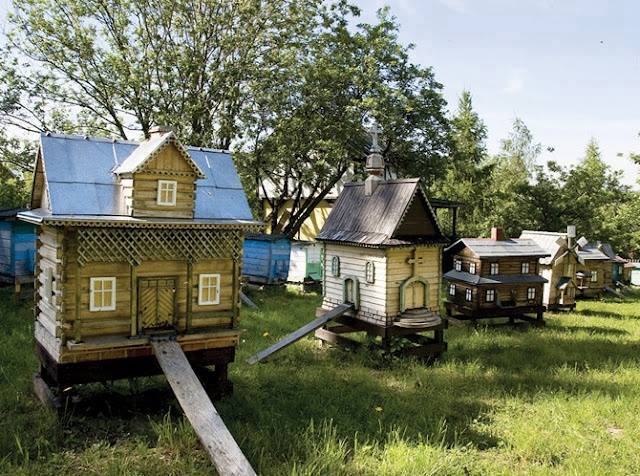
Photo via DirtGirlWorldTV on Facebook
Now, on to Portugal, where we behold this bark-covered cabin:
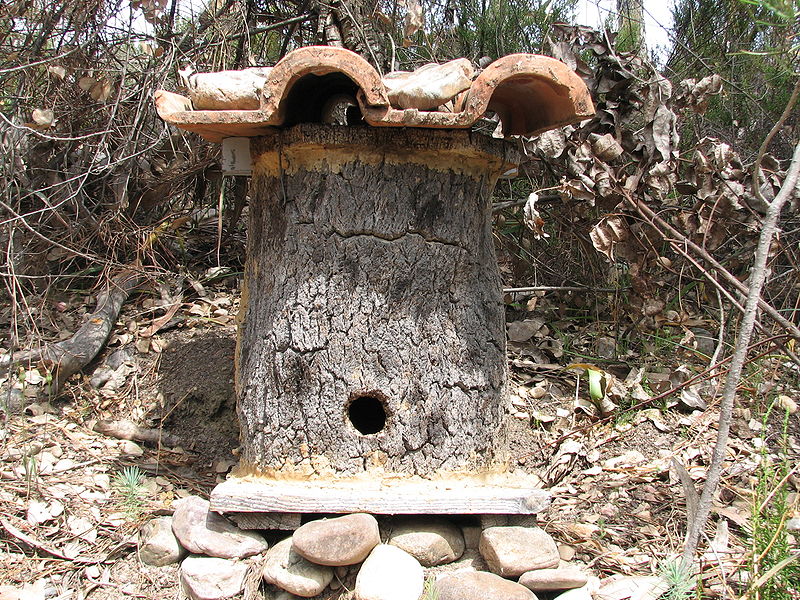
Photo by Daniel Feliciano via Wikimedia Commons
In Russia, this hive is a resplendent replica of the Troitsky Monastery in Tyumen:
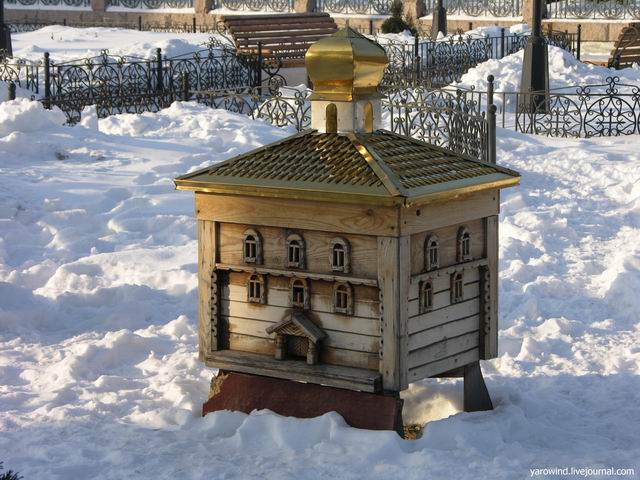
Photo by Yarrowind via Wikimedia Commons
And, as luck would have it, we may have saved the best for last …
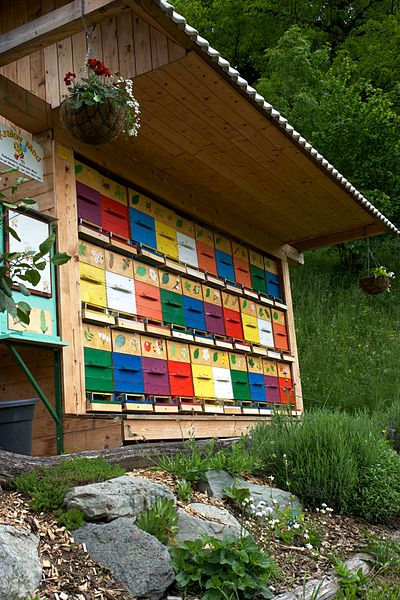
Photo by Reuben Dalke via Wikimedia Commons
If I were a bee, I’d love to stay in Slovenia for a spell, wouldn’t you?
The one country we didn’t tour was the U.S., because I’m leaving that leg of our journey up to you.
If you have—or have seen—a heavenly hive close to home, take me on a virtual visit!
